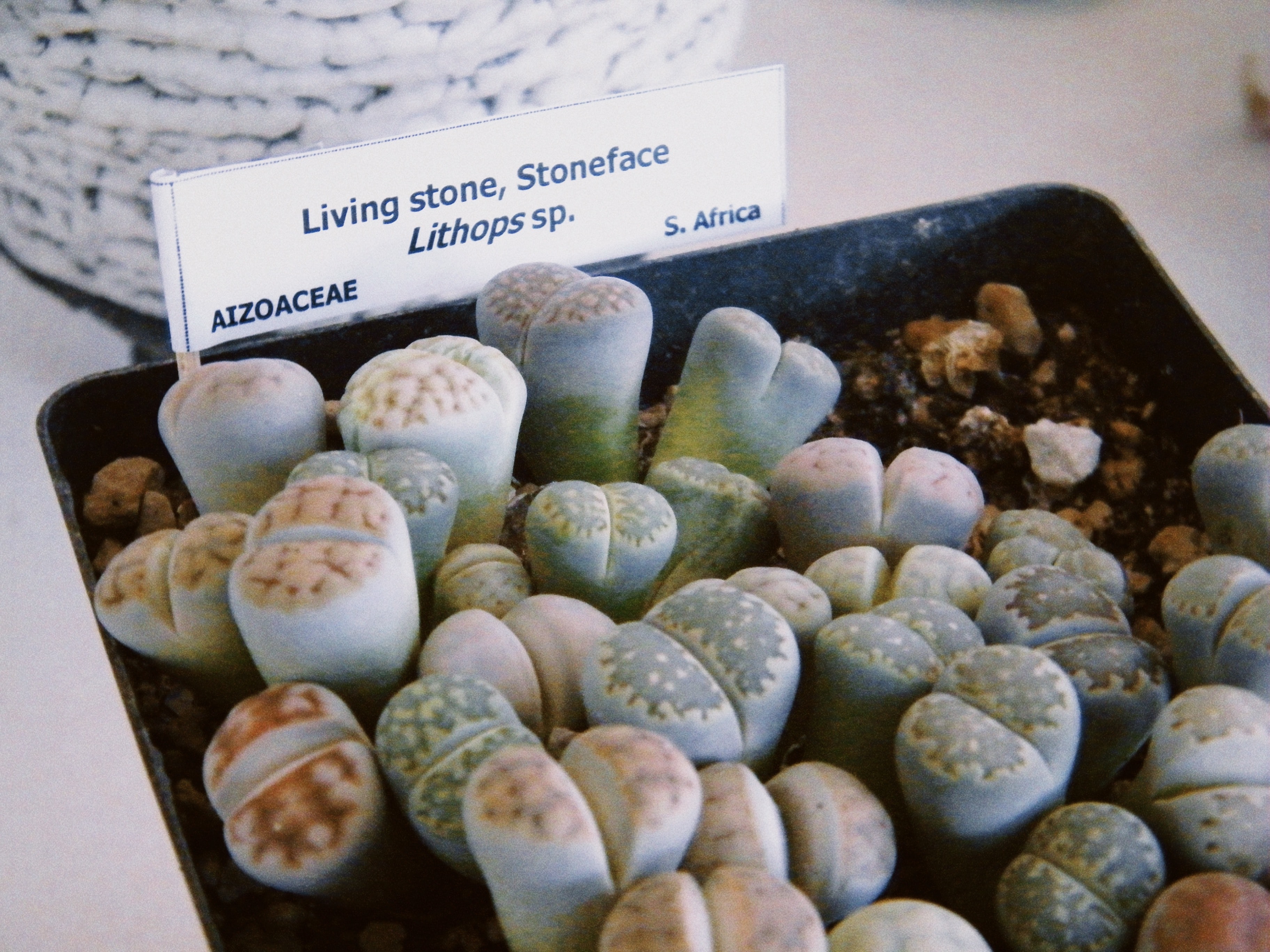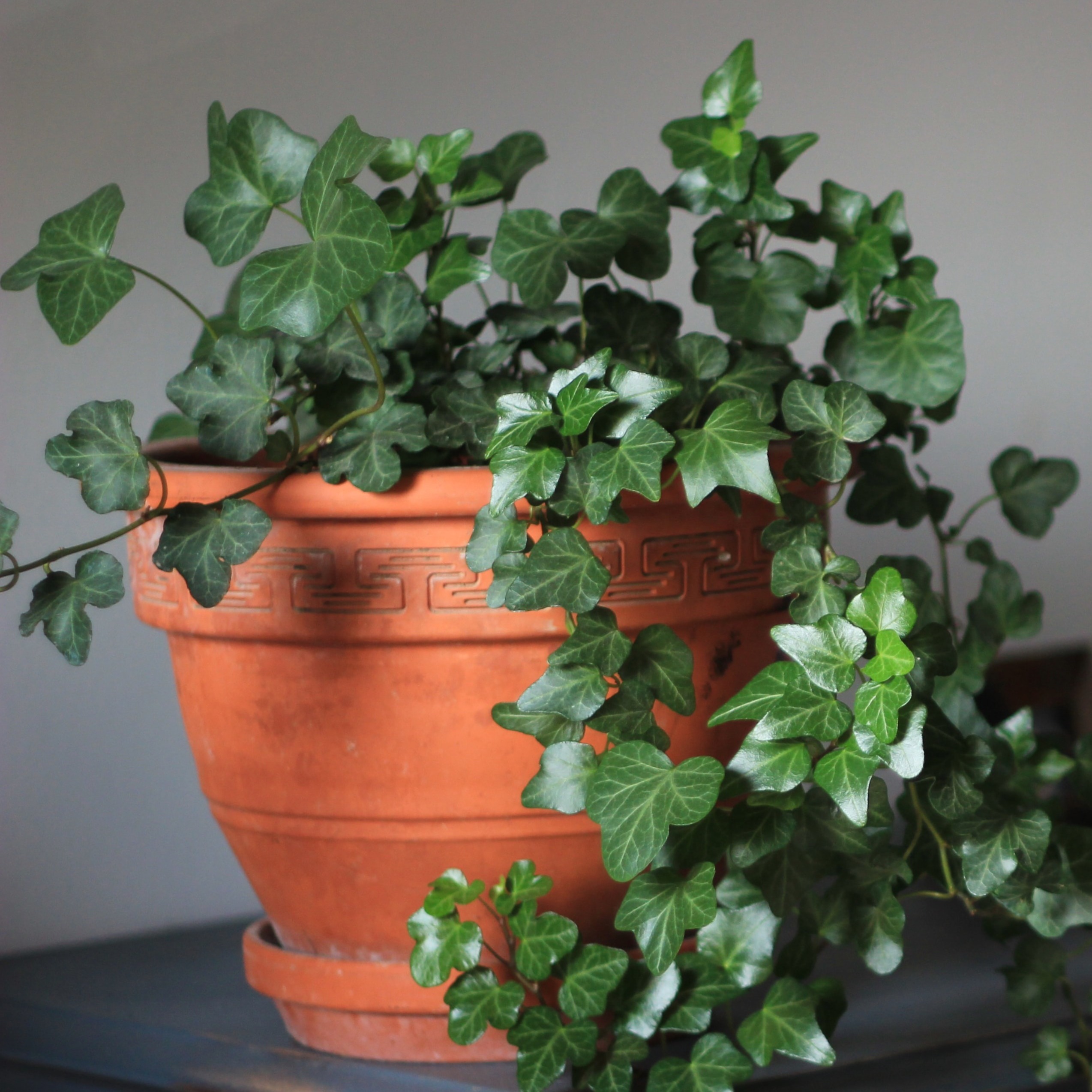Why are some plants more challenging than others?
Although we all try our best, it's inevitable that everyone will kill a houseplant at some point in their lives. However, some are definitely much easier to kill than others, whether that's due to having super demanding care needs, being overly sensitive to their environment or even just being a bit particular about the way they're treated.
Mastering the care of a challenging plant can be very rewarding and can also be a great learning opportunity if you're willing to take the leap!

Our Top Challenging Plants
Lithops
These succulents, sometimes referred to as 'Pebble Plants', are relatively low-maintenance on the whole. However, if something goes wrong it can be tricky recover them. They're adapted to survive extreme drought conditions, meaning that their water requirements are very low. For this reason, it can be difficult to keep them outdoors (depending on where you live), as too much rainfall can cause them to quickly become overwatered, and they're also very sensitive to seasonal changes. It's important that they aren't planted in a too water retentive soil. Finally, some Lithops are especially susceptible to mealybug infestations, which can be troublesome to get rid of once they take hold.
Ferns
Ferns can be a little temperamental at times. Particularly tricky types for regular room conditions include the Heart fern , Hemionitis cordata , the Maidenhair Ferns , Adiantum and the Eyelash Fern, Actiniopteris australis . These plants can be particularly sensitive to their environment and need just the right setup to do well. This includes, for example, just the right amount of indirect light - too much light can easily burn their delicate fronts, but too little will lead to sparse foliage growth. Likewise, they need consistent moisture and humidity as it's important not to let their root ball dry out. Many also prefer slightly lower temperatures than most people have indoors.
Calatheas
There are many different species and cultivars of Calatheas , Goeppertia sp. on the market. They're rather common houseplants but they can still be a little tricky to take care of. Apart from being sensitive to both direct sunlight and too little light, they are also sensitive to both overwatering and drought.
Just like ferns they're also sensitive to dry air and will easily get dry leaf edges, especially in the winter time when the humidity tends to drop even lower than the rest of the year.
Carnivorour s plants
Another well-recognized but sometimes tricky plant is Dionaea muscipula , commonly known as a Venus Flytrap . As their name suggests, these plants need to feed on insects or substitutes through their traps in order to grow well in the long run. They're temperate plants that do best as long as they get cooler nights, and a cool but frost free winter dormancy. A common misconception is that the Venus flytrap needs to be grown in very high humidity or enclosed terrarium like environments. They do need an evenly moist soil but can do well in normal humidity. They're also very sensitive to minerals in the soil and water.
Since many carnivorous plants are adapted to very niched growing conditions that differ from what most other plants usually do well in, many of them tend to get issues rather fast if something isn't just as they prefer them to be.

Anthuriums
Although Anthuriums overall aren't necessarily typically labelled as difficult plans, Anthurium splendidum can be a different story. They're a rare variety with unique-looking textured leaves, however, their super high humidity requirements make them largely unsuitable for the vast majority of households. You need to keep them above 80% humidity at all times, and ideally higher, whereas the average home is only around 30-40% humid (although this of course does vary based on a number of factors). There area also many anthurium species that grow in cooler temperatures that can be rather demanding.
Examples of some other plants that can potentially pose a challenge are: Hedera helix (yes, common ivy) , Gynura aurantiaca, Muehlenbeckia , Guyana chestnut and Curio ficoides .